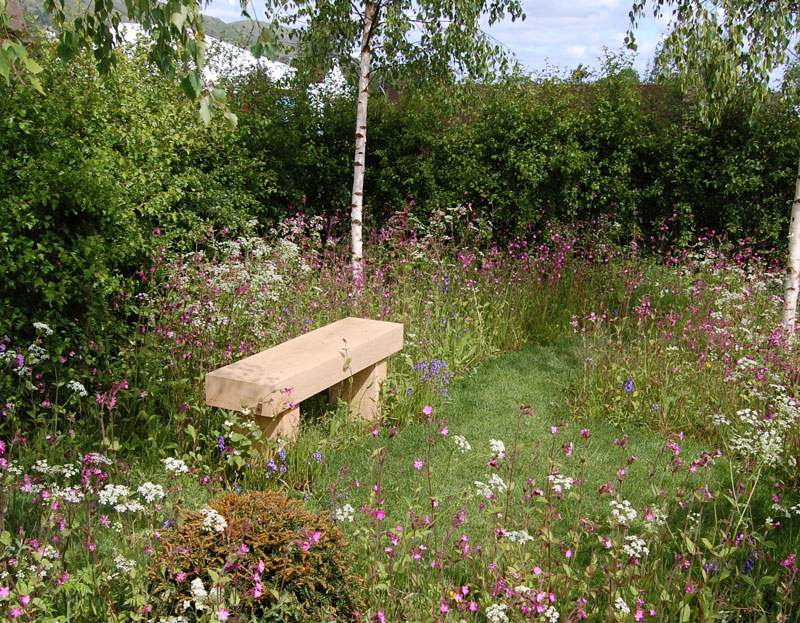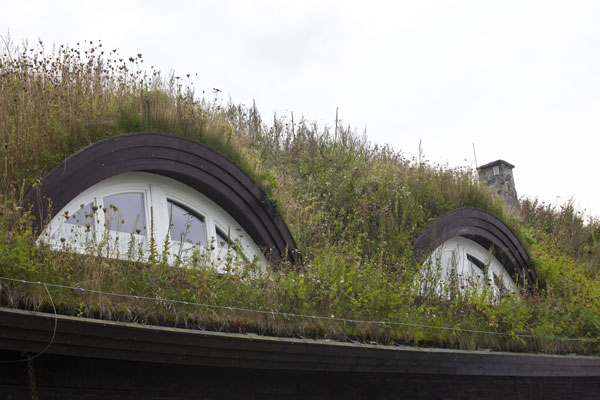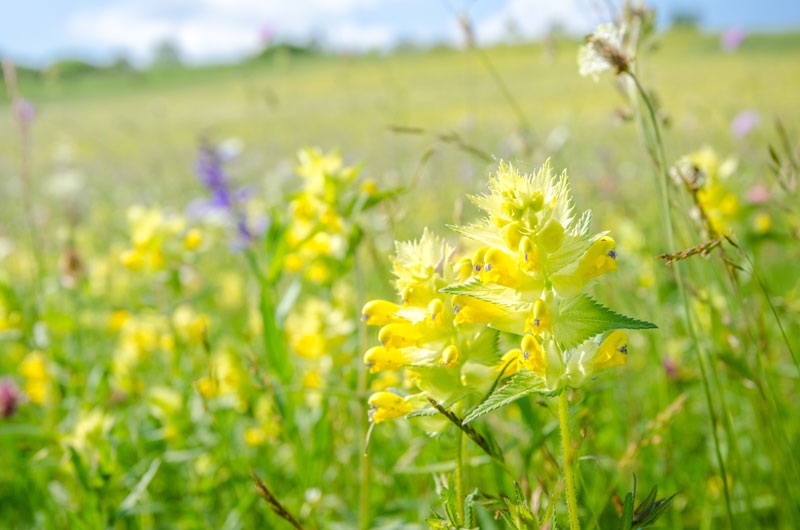Landscaping often involves a mixture of different garden surfaces. Arbour Landscape Solutions Lt...
Filter by:
This is the section of our website where you’ll find everything you need to build beautiful ...
Filter by:
Every outdoor space has three dimensions. Arbour Landscape Solutions offers an extensive range of ...
Filter by:
Introducing our comprehensive range of soft landscaping surfaces for industry professionals. Every...
Filter by:
This is where you’ll find everything you need to build the garden structures specified on yo...
Filter by:
At Arbour Landscape Solutions we know how important drainage is to the success of any landscaping ...
Filter by:
Holding it all together is our range of top quality screws and fixings. Take a good look at the pr...
Filter by:
Lightweight Concrete
Filter by:
We've compiled a comprehensive catalogue of landscaping Tools and Equipment for you to buy or ...
Filter by:
Pots can enhance a garden or commercial landscape hugely, improving a sense of arrival for any sch...
Filter by:
Arbour Landscape Solutions are proud to present this range of stunningly beautiful planters in all...
Filter by:
High-quality light fittings designed and manufactured in the UK. Stylish, durable and with a 10 ye...
Filter by:
Pots can enhance a garden or commercial landscape hugely, improving a sense of arrival for any sch...
Filter by:
Arbour Landscape Solutions are proud to present this range of stunningly beautiful planters in all...
Filter by:
High-quality light fittings designed and manufactured in the UK. Stylish, durable and with a 10 ye...
Filter by:
 TRADE & SELF BUILDERS MULTI-USER ACCOUNTS MULTI USERS
TRADE & SELF BUILDERS MULTI-USER ACCOUNTS MULTI USERS FREE DELIVERY ON ALL YARD STOCK FREE DELIVERY DELIVERIES
FREE DELIVERY ON ALL YARD STOCK FREE DELIVERY DELIVERIES INSTANT ONLINE QUOTES FREE QUOTE BUILDER UPLOAD MY LISTS
INSTANT ONLINE QUOTES FREE QUOTE BUILDER UPLOAD MY LISTSUnlike the ‘regular’ perennials in pots that we’re all familiar with and know that we can plant at any time, wild flowers can be sensitive souls. Depending on the species and on the method of cultivation, it’s important to plant them at the right time of year. Especially if your client is expecting so see swathes of colour in their first summer.
Our very own Angela Lambert, aka Lady Lawn is passionate about wildflowers and she’s here to offer some sage advice on when (and how) to plant wildflowers for optimum results.
So let’s look at some of the favourite ways of establishing wild flowers and when best to use each method.

photo credit Wildflower Turf
I love this product! All of the hard work has been done for you at the nursery. The species selection, balancing the proportions of the seed and most importantly of all, getting the seed to germinate. There’s literally nothing for you to worry about apart from making sure you choose the right seed mix for your project.
You get really good plant coverage from the get-go and by laying wildflower turf, you will suppress any annual weed seeds in the soil, thus making establishment and management much easier.
But - wildflower turf has to be carefully managed on the nursery if it is to be delivered to site with the plants in tip top condition. More often than not, that means a regular ‘Chelsea chop’ so that the plant stems don’t get snapped off when the product is rolled up for transport.
The plants don’t mind being trimmed, but wildflowers usually only bloom at certain times of the year. So, if stalks and buds are removed just before their normal flowering time, the plants will still establish, but your clients’ longed for show of wildflowers, might not happen until next blooming season.
Wildflower turf can be installed at any time of year BUT if you are looking for summer flowers, do try to get it in place before the end of march.
Plug plants are awesome. They allow you to strike an affordable balance between native plants and garden design. Whilst wildflower turf and seed will give you a truly random plant distribution, with plug plants you get to decide what grows where (at least until they start self-seeding!). They’re brilliant for planting on green roofs or for boosting biodiversity in established lawns and meadows.
Plugs need to be planted whilst they are tiny. Normally the nursery will sow seeds in early autumn - which is exactly when Mother Nature does the job. Once germinated, the seedlings are grown on in small cells of growing medium so that they can each develop a robust root system. The plants need to be planted before they outgrow their cells. So ideally between September and April.
Not every species of wildflower lends itself to nursery production, but there are a few that do really well. These are simply great for introducing native species into a planting plan without them being outcompeted by their non-native cousins. Treat them just as you would a herbaceous perennial plant and enjoy everything that they have to offer.
Most pot grown native plants are available all year round. Need help sourcing them? Upload your bill of quantities to our MBOQ service and the Arbour Landscape Solutions team will be back to you with prices and availability within 2 working days.
Seed is by far the most economical way to establish a wildflower area, but it’s also the least predictable.
Wildflower seeds are very different to the ‘normal’ packets of seed we are all used to buying from the garden centre. Cultivated plants have been selectively bred not just for aesthetics (or flavour) but also for ease of growing. You know, that when you buy a pack of 200 cabbage seeds, all except a few of them will grow and germination will take a matter of days.
The seeds of wild plants however, can be quite 'sassy'. Some need a period of vernalisation (frost) before they will germinate. And in some gardens, that might mean that they don’t appear for 1, 2 even as much as 5 years. If conditions aren’t right in terms of moisture levels, temperature and daylight hours, wildflower seeds will sit tight until they are happy that the baby plant will have everything it needs to thrive. Annoying as it is for us, you have to admit that the seeds are quite sensible.
If you are hoping to establish a wildflower area from seed, take a look at what Mother Nature does. In the wild, seeds are normally distributed in autumn time. Some will germinate right away, others will wait until spring. You need to copy nature’s example. Sow between September and November if you can. If you miss the opportunity, then try in early spring….but no later than mid-April if you want flowers that summer.
The exception to the rule is yellow rattle. Yellow rattle is an annual wildflower that weakens any grass plants growing near to it. It’s a great plant to include in a seed mix if you want a floral meadow rather than a grassy one. However, yellow rattle seeds MUST be sown fresh in autumn time. Sow them at any other time of year and you’ll be wasting your money - they simply won’t grow.
Some of our favourite wild flowers are biannual. Which means that if you were to sow them in spring this year, you probably won’t see flowers until next year. That’s fine - but do be sure to let your client’s know, otherwise they might be disappointed at the no-shows.
Preseeded growing medium -aka Meadowscape Pro - is a relative newcomer to the industry and I rather like the idea of it. In fact, I’ll be spending this spring and summer clearing part of my ‘bee meadow’ of unwanted plants so that I can give it a try.
I love that, other than getting rid of unwanted vegetation, you don’t need to disturb the soil. Brilliant for inaccessible spots in the garden, which, let’s face it, is where you are most likely to put a low maintenance wildflower area.
This product is only available at the optimum time of year for seed sowing - so if it’s something you are interested in, please get in touch with Richard and the team for an update on availability.
Learn more about sourcing plants with MBOQ
Take a look at our range of wildflower seeds and pre-seeded growing medium.
Visit our wildflower turf category
Ask us a question

Not every species of wildflower lends itself to nursery production, but there are a few that do really well. These are simply great for introducing native species into a planting plan without them being outcompeted by their non-native cousins. Treat them just as you would a herbaceous perennial plant and enjoy everything that they have to offer.
Most pot grown native plants are available all year round. Need help sourcing them? Upload your bill of quantities to our MBOQ service and the Arbour Landscape Solutions team will be back to you with prices and availability within 2 working days.
Seed is by far the most economical way to establish a wildflower area, but it’s also the least predictable.
Wildflower seeds are very different to the ‘normal’ packets of seed we are all used to buying from the garden centre. Cultivated plants have been selectively bred not just for aesthetics (or flavour) but also for ease of growing. You know, that when you buy a pack of 200 cabbage seeds, all except a few of them will grow and germination will take a matter of days.
The seeds of wild plants however, can be quite 'sassy'. Some need a period of vernalisation (frost) before they will germinate. And in some gardens, that might mean that they don’t appear for 1, 2 even as much as 5 years. If conditions aren’t right in terms of moisture levels, temperature and daylight hours, wildflower seeds will sit tight until they are happy that the baby plant will have everything it needs to thrive. Annoying as it is for us, you have to admit that the seeds are quite sensible.
If you are hoping to establish a wildflower area from seed, take a look at what Mother Nature does. In the wild, seeds are normally distributed in autumn time. Some will germinate right away, others will wait until spring. You need to copy nature’s example. Sow between September and November if you can. If you miss the opportunity, then try in early spring….but no later than mid-April if you want flowers that summer.
The exception to the rule is yellow rattle. Yellow rattle is an annual wildflower that weakens any grass plants growing near to it. It’s a great plant to include in a seed mix if you want a floral meadow rather than a grassy one. However, yellow rattle seeds MUST be sown fresh in autumn time. Sow them at any other time of year and you’ll be wasting your money - they simply won’t grow.
Some of our favourite wild flowers are biannual. Which means that if you were to sow them in spring this year, you probably won’t see flowers until next year. That’s fine - but do be sure to let your client’s know, otherwise they might be disappointed at the no-shows.

Yellow rattle - a really useful plant if you want to limit the amount of grass in your wildflower area. Sow seeds direct in autumn time.
Preseeded growing medium -aka Meadowscape Pro - is a relative newcomer to the industry and I rather like the idea of it. In fact, I’ll be spending this spring and summer clearing part of my ‘bee meadow’ of unwanted plants so that I can give it a try.
I love that, other than getting rid of unwanted vegetation, you don’t need to disturb the soil. Brilliant for inaccessible spots in the garden, which, let’s face it, is where you are most likely to put a low maintenance wildflower area.
This product is only available at the optimum time of year for seed sowing - so if it’s something you are interested in, please get in touch with Richard and the team for an update on availability.
No matter how you plan to establish your wildflower area, the Arbour Landscape Solutions team will be on hand to advise.
Can’t decide which species will work best for your project? Please don’t be shy - just ask and we’ll help as much as we can.
Need help sourcing plants or seeds? Try our My Bill Of Quantities service. It’s completely free to use and can save you hours of trawling through catalogues. Simply register as a trade user on the Arbour Landscape Solutions website, log in to your dashboard and click on the My Bill Of Quantities tab to upload your list of requirements. Our team will do all of the legwork and come back to you the very next working day with prices and availability.
What To Do Next
Learn more about sourcing plants with MBOQ
Take a look at our range of wildflower seeds and pre-seeded growing medium.
Visit our wildflower turf category
Ask us a question
Would you like to remove the items in your basket and replace them with this order or keep all items in the basket?
